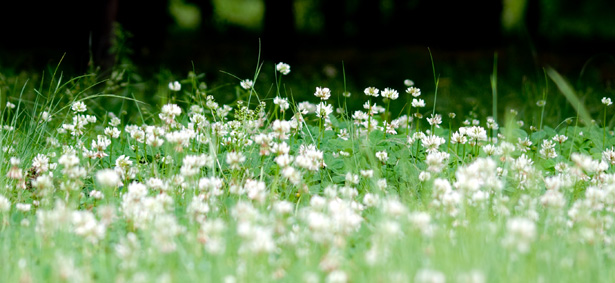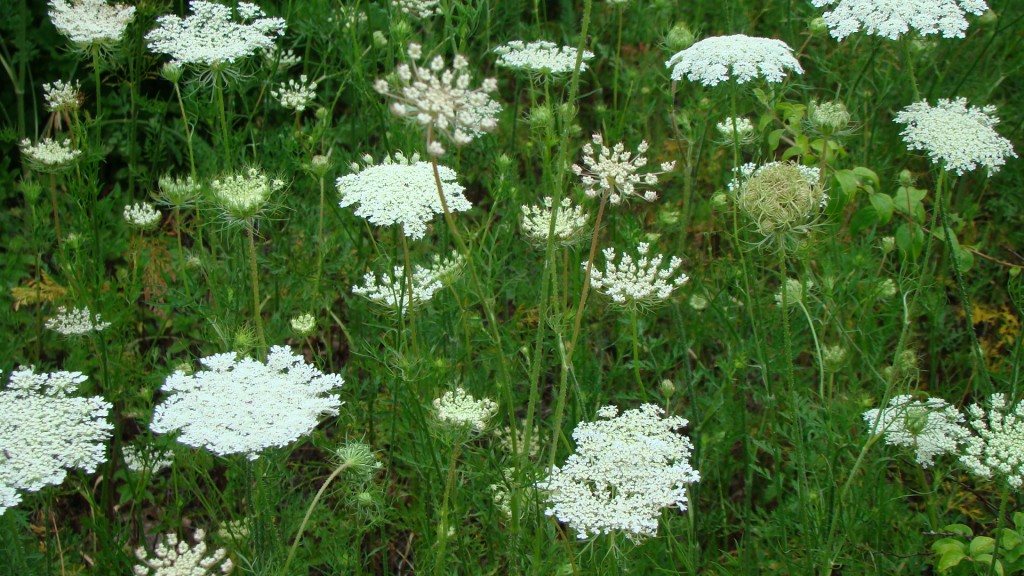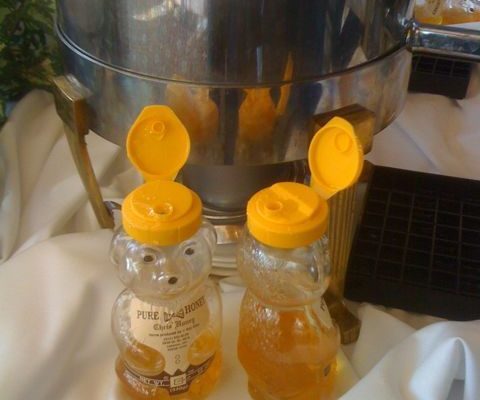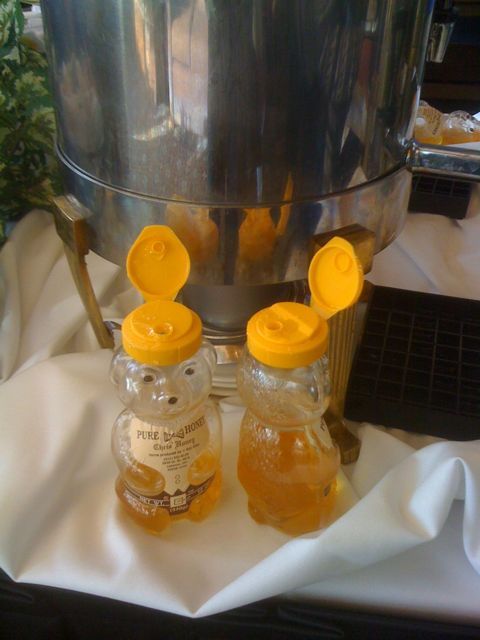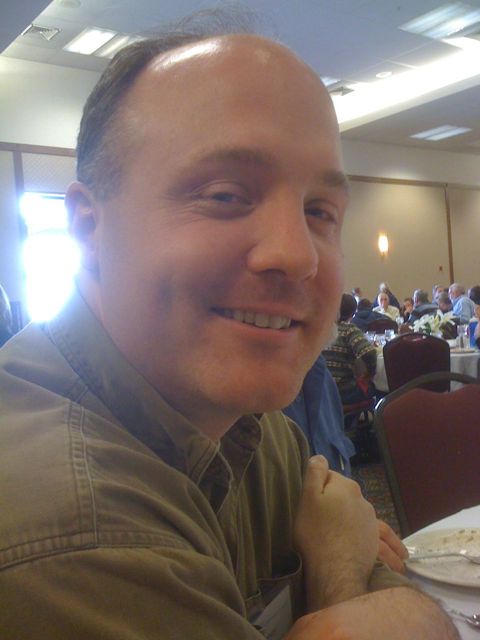Reader, I cannot tell you how often people want to know how many pounds of honey they’ll get from their hive.
Some folks seem to believe that the sheer fact that there are bees means there will be honey. And lots of it. Which is true only so long as there are flowers.
It’s unfair to expect bees to deliver honey for us if we insist on keeping our dull and boring yards weed free and closely mown. Let it go a little bit. Let our lives rewild.
Here’s the bottom line, my dear Reader: Bees can make honey only only only only if bees have access to flowers. The End. The more flowers, the more honey. And I’m talking about wild, native flowers. NOT KNOCKOUT ROSES. NOT DAYLILIES. Not those fancy flowers you pick up at the garden center. Bees need bonafide native wildflowers. And herbs. And vegetable gardens.
Bees need those wonderfully wild things that grow naturally in fence rows and in acres of fallow fields. And if you don’t have a fence row or a fallow field, then perhaps you can create a little pocket of crazy wildflowers wherever you are. See, bees need A LOT of flowers, and if we all plant a little, that equals A LOT. This is true of everything. Which is completely cool.

